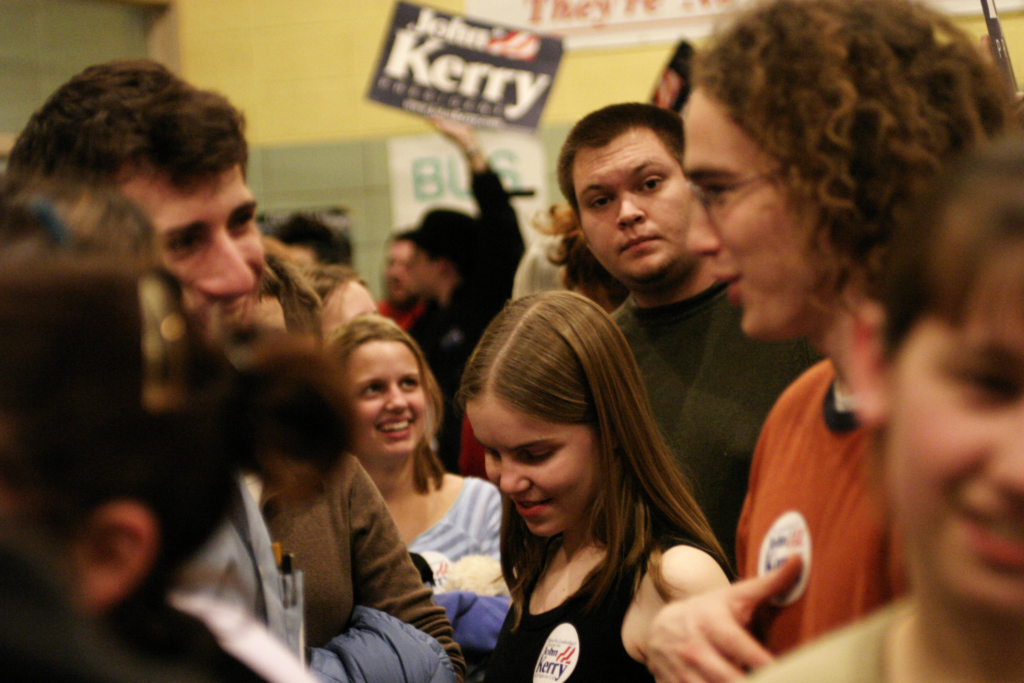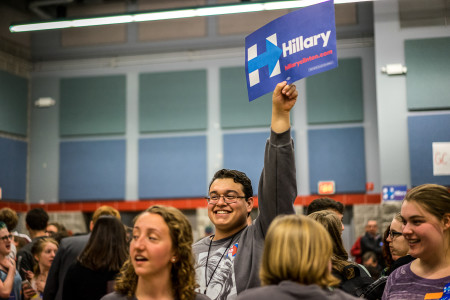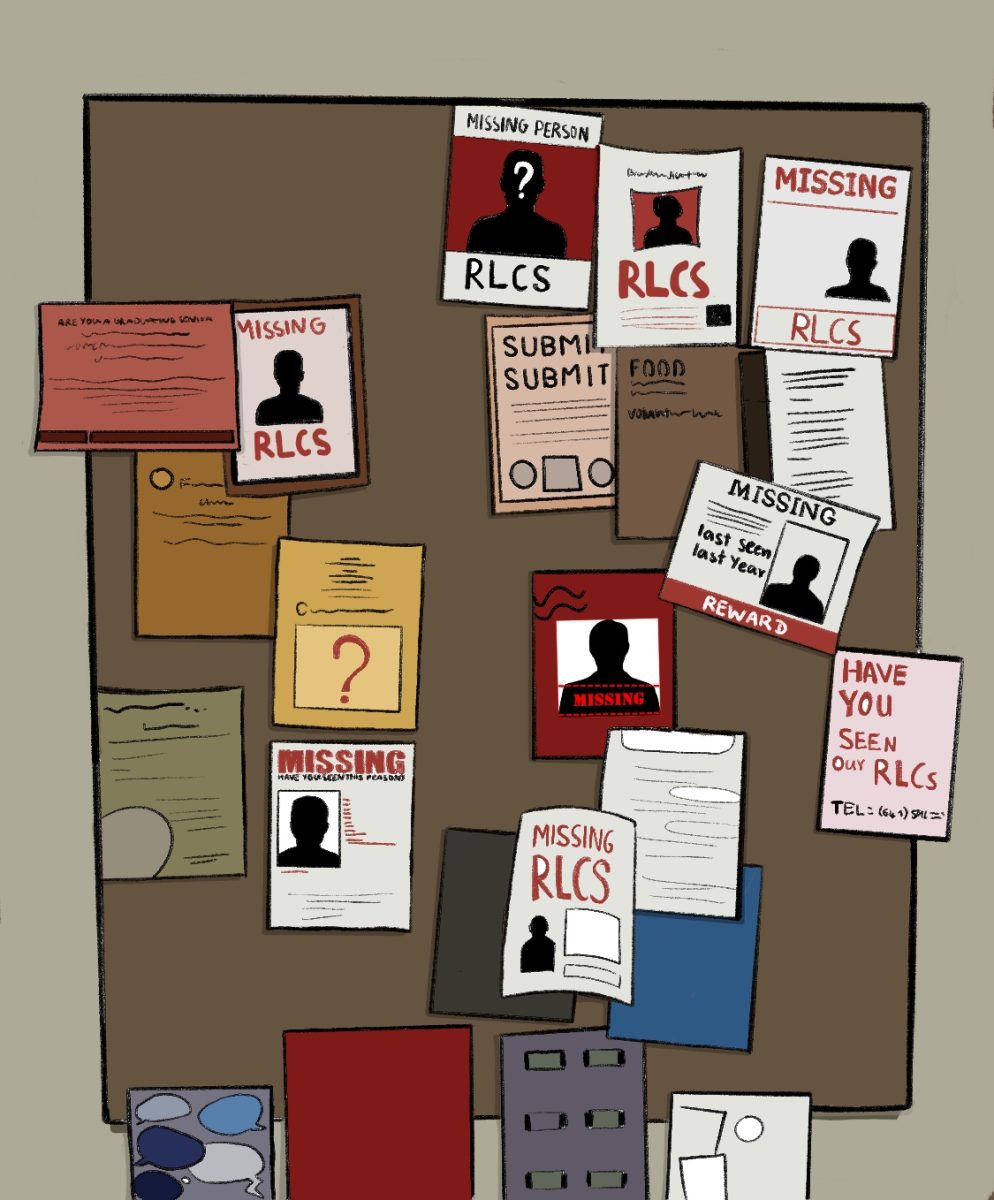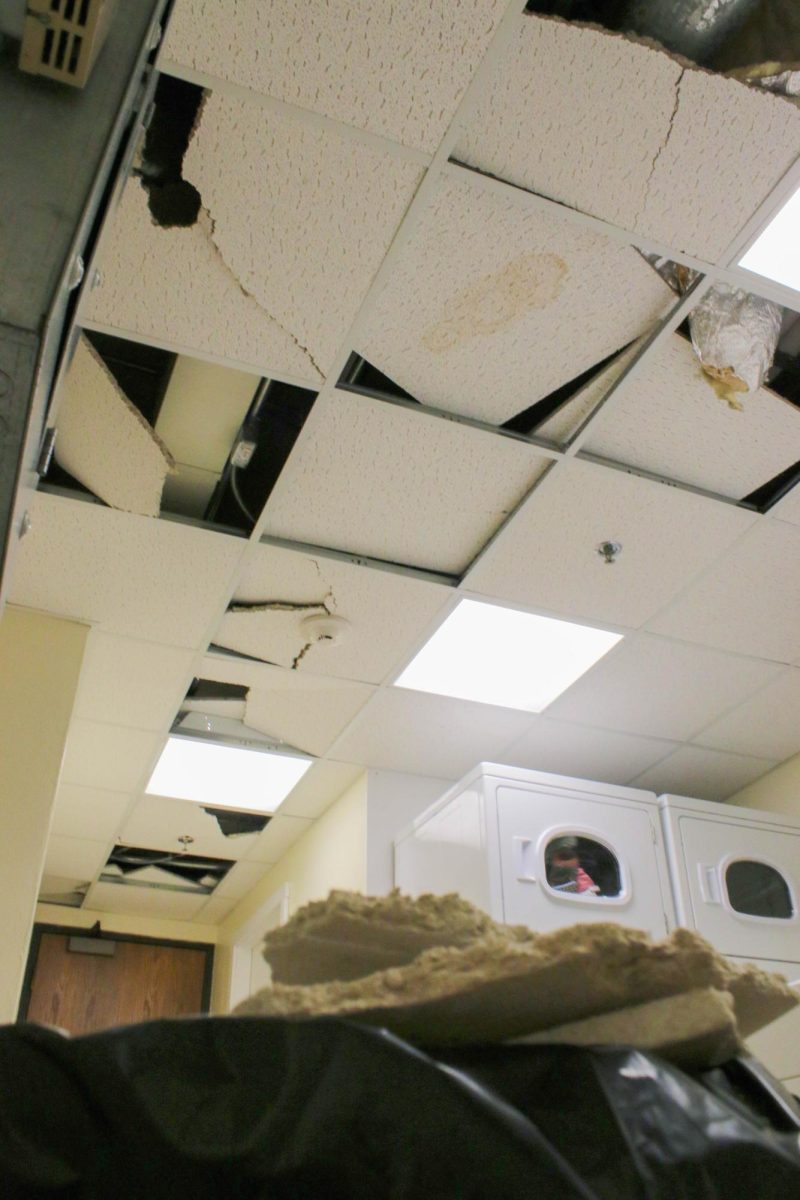
Grinnell’s caucus results since 2000 solidify the College’s reputation as a liberal stronghold, suggesting the 2020 caucus will show a record level of Democratic precinct turnout that support more liberal candidates than the rest of the state of Iowa.
All Grinnell students living on campus fall in Grinnell’s Ward 1, so the precinct has often shown higher Democratic turnout than other wards in the town. However, this turnout has grown tremendously within the last five election cycles.
The first Iowa caucus was held by the Democratic Party in 1972, and The S&B reported that 140 people attended in Ward 1. This modest participation continued through 1992, where The S&B reported that the Ward 1 caucus drew “few students,” and mostly townspeople cast their votes.
Then, at the Democratic caucus in 2000, The S&B reported “over 500” participants in Ward 1 that were mostly college students. In 2004, that number grew to 659, according to the S&B. In 2008, the Iowa Caucus was held on Jan. 3, meaning students were still on winter break and unable to participate. However, the Ward 1 caucus saw a record 935 participants, making it one of the largest caucus sites in Iowa, according to The Guardian. In an email to The S&B, John Grennan, Chair of the Poweshiek County Democrats and Chair of the Ward 1 caucus said he expects over 1,000 participants this year.
Not only do Grinnell College students overwhelmingly participate in the Democratic caucus, but they have historically voted for much more liberal candidates than the town of Grinnell and the state of Iowa. In 2016, Grinnell Ward 1 voted 69.2 percent for Bernie Sanders and 30.8 percent for Hillary Clinton while the state of Iowa voted 49.6 percent for Bernie Sanders and 49.9 percent for Hillary Clinton.
In the 2004 Democratic caucus, though the eventual Iowa caucus winner John Kerry won Grinnell Ward 1 with 44.6 percent of the vote, Dennis Kucinich shocked with 24 percent of the vote in this ward while receiving 1 percent across the state. Kucinich was regarded as the most liberal candidate running, advocating for universal health care before it had received the national attention it has now.
Bill Bradley swept the 2000 Grinnell Ward 1 Democratic caucus with 81 percent of the vote to Al Gore’s 19 percent. However, Gore won Iowa 63.4 percent to Bradley’s 34.9 percent.
This turnout trend has been nearly the opposite for the Republicans of Grinnell Ward 1. The Republicans held their first Iowa Caucus in 1976, and the S&B reported “Republican caucusers were mainly in the thirty to forty age group.” Though student participation in the Democratic caucus has always been much more significant than in the Republican caucus, The S&B reported that there were “approximately 85” Republican students caucusing in Ward 1 in 1988. In 2000, there was reportedly 10 students and 60 total participants in Ward 1. In 2016, there were 86 total participants, with Marco Rubio winning with 34.1 percent of the vote.

Despite the great national attention placed on the Iowa caucuses, they are only moderately predictive of the eventual nominee. According to the Des Moines Register, of the 18 total caucus winners between both Democrats and Republicans since 1972, 10 of them have won the nomination. Of these accuracies, seven were Democrats and three Republicans. Grinnell Ward 1 has been even less accurate than this for Democrats, with the winner of the precinct becoming the eventual Democratic nominee only four times.
Whether or not that candidate has been the eventual nominee, the Iowa caucuses have historically given Grinnellians a chance to express their political beliefs through their candidate of choice.




































































